Deer Fencing Designs - How To Build A Deer Proof Fence
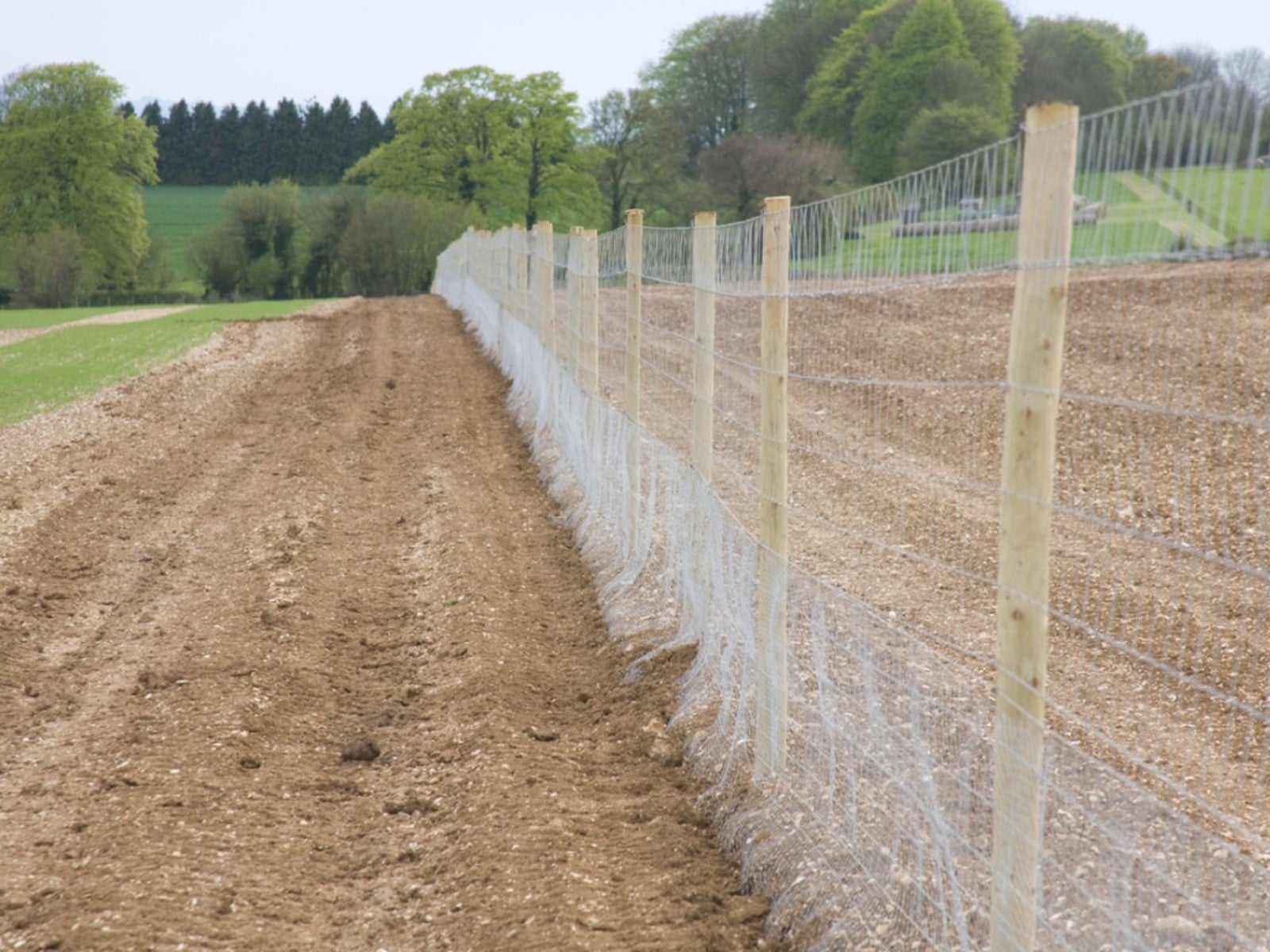

The occasional deer can wreak havoc on your tender garden plants. They will even girdle trees by stripping the bark from the trunk which can damage the health of the plants. A deer proof garden fence needs to be high enough to prevent the animals from jumping over and visible enough to surmount their poor depth perception. If repellents aren't working, think about building a deer proof fence.
The Rules on Deer Fences
Deer are elegant and graceful creatures, but these attributes fall short when they have been in the garden eating your prize plants. Look on the internet and deer fencing designs abound, but many of the ideas are expensive, ugly, or take special skills to erect. Attractive deer proof fencing takes a lot of materials and contractor know how. Single strand electric fences or simple deer mesh are fairly easy control options. Multiple line electric fences and 8 to 10 foot (2-3 m.) tall wooden deer proof garden fences are better options for high populations but more time consuming and costly. Learn how to build a deer proof fence that works and doesn't break the bank. Deer can jump quite high and are able to leap over many obstacles to get to a food source. They don't obey signs and they are usually not repelled by common remedies such as human hair or chemical deterrents. Any structured fencing needs to be at least 8 feet (2 m.) high, as this is the distance a white-tailed deer can jump. Wire lines and deer netting can be lower, but netting should be tilted to prevent the animal from barreling through the material. Their first impulse is to go around or under an obstacle but need drives their response to different deer fencing designs. Before you commit to building a deer proof fence, observe the animal's behavior to see if they are jumpers or sneak around items. This will help you decide if electric, netting, or permanent wood or wire is the best way to keep out the animals.
Basic Deer Fencing Designs
Single strand electric fences are simple to erect. Once you have the wire installed, run it to posts set into concrete at intervals of about 5 feet (1.5 m.). Single strand electric is useful when deer populations are low. Run the strand 30 inches (76 cm.) off the ground and mark the fence at intervals with bright tape. You can in doctrine the animals by smearing peanut butter on aluminum on the fence. The animal will be stung and, hopefully, learn to stay away. One of the more common deer fencing designs is to use deer netting. Use streamers to warn deer of the presence of the fence and keep them from running through. Wire fencing is also an option and should be installed on sturdy metal posts and at a height that will prevent jumping.
How to Build a Deer Proof Fence That Lasts
Attractive deer proof fencing takes a bit more time and money than wire, netting, or a single strand electric fence. For high populations of deer, use multiple electric wires at 10, 20, and 30 inches (25, 50, and 76 cm.) from the ground. If your deer are especially sneaky, use two electric fences. The inner fence should be set at 50 inches (127 cm.) from the ground and an outer perimeter 38 inches (97 cm.) from the inner set at 15 and 43 inches (38 and 109 cm.). A lovely wood fence is a big commitment and can be costly. These need to be at least 8 feet (2 m.) high. If there is already a standard 6 to 8 foot (2 m.) fence, install additions to posts and string wire across the top to prevent jumping. Make sure a wooden fence is tight and doesn't allow the deer to see the other side. Sometimes this is as much a deterrent as the fence since they don't know what goodies might be on the other side.
Gardening tips, videos, info and more delivered right to your inbox!
Sign up for the Gardening Know How newsletter today and receive a free copy of our e-book "How to Grow Delicious Tomatoes".

Bonnie Grant is a professional landscaper with a Certification in Urban Gardening. She has been gardening and writing for 15 years. A former professional chef, she has a passion for edible landscaping.
-
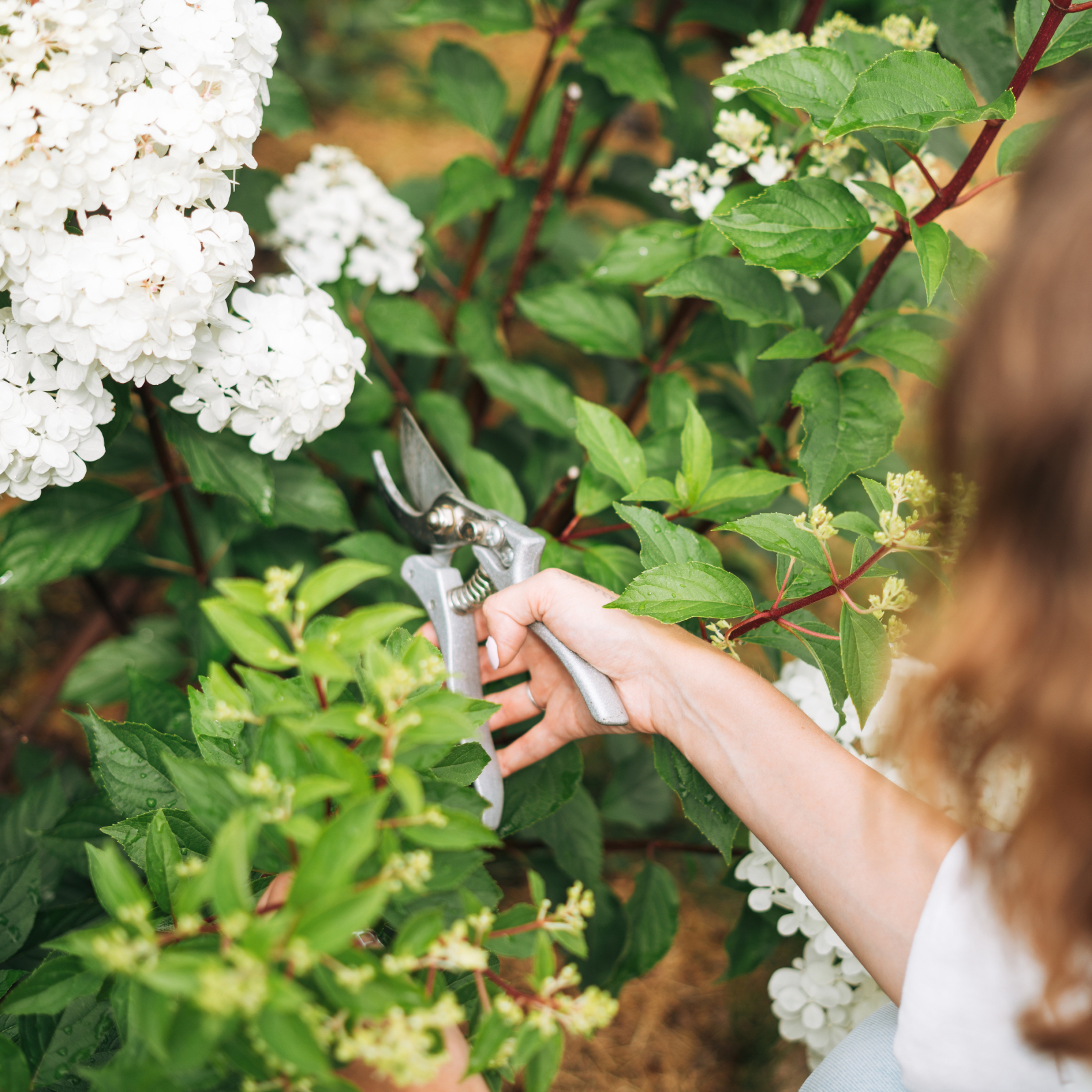 Pruning Limelight Hydrangea Bushes For Bigger Blooms & Stronger Plants
Pruning Limelight Hydrangea Bushes For Bigger Blooms & Stronger PlantsPruning 'Limelight' hydrangea will benefit the shrub. Flowers will be more bountiful the next year and branches will be stronger. Learn how and when to prune.
-
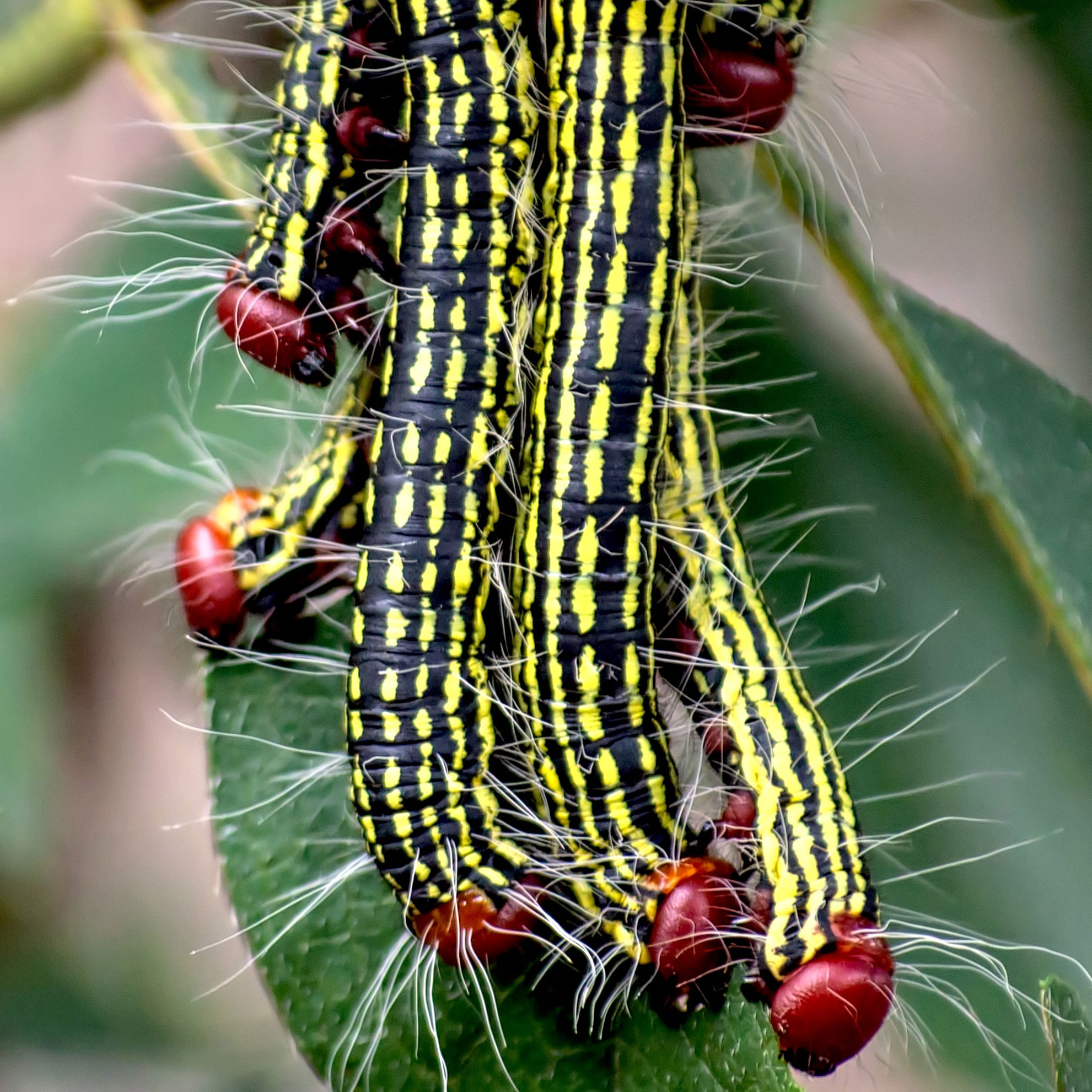 What’s Wrong With Your Azaleas? Identify, Tackle And Prevent 6 Common Azalea Pests
What’s Wrong With Your Azaleas? Identify, Tackle And Prevent 6 Common Azalea PestsIf you’ve spotted signs of azalea leaf damage, don’t panic – here’s how to identify the most common azalea pests so you can take action swiftly and keep plants healthy
-
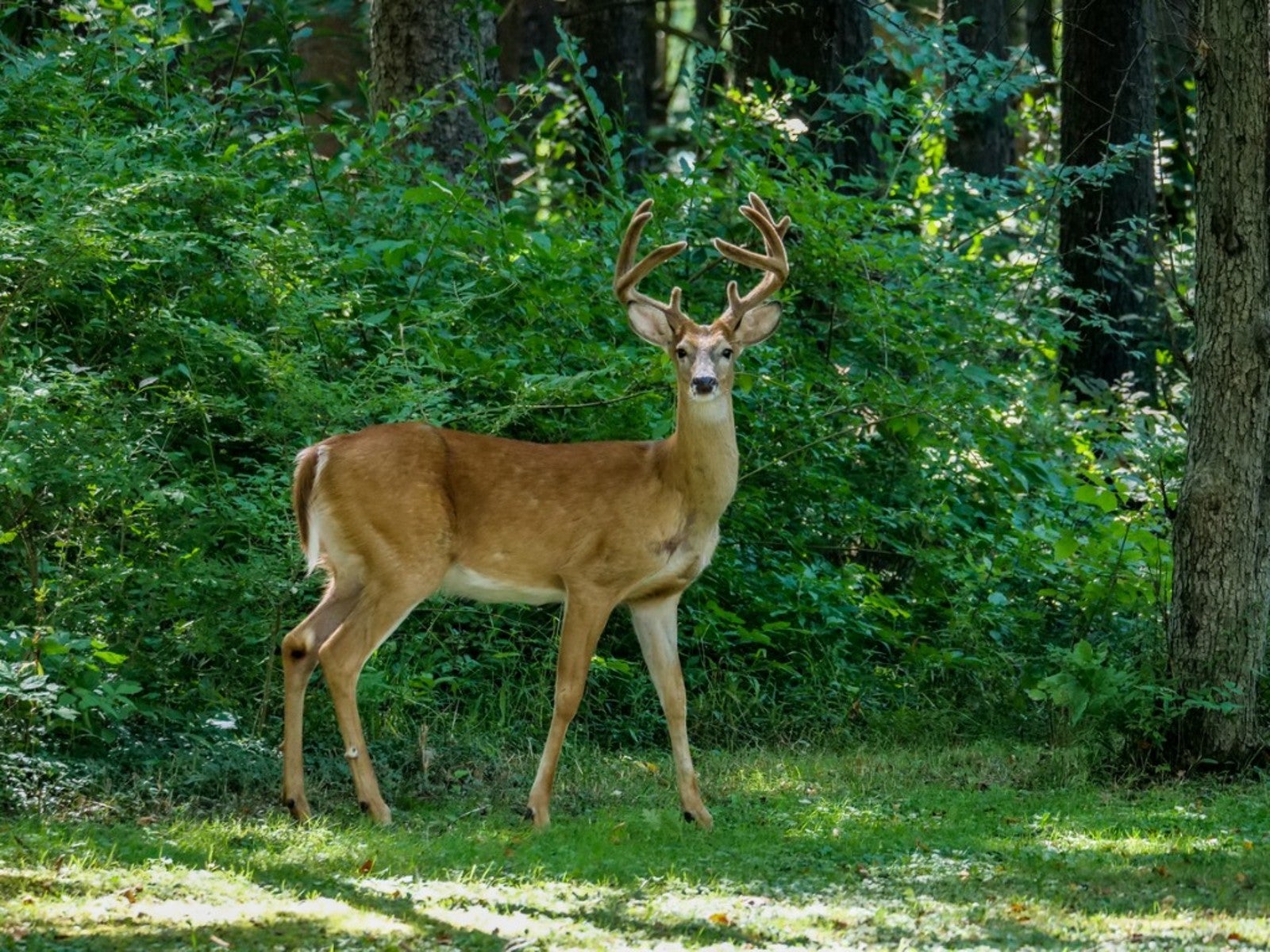 Deter Deer And Prevent Ticks By Getting Rid Of Honeysuckle
Deter Deer And Prevent Ticks By Getting Rid Of HoneysuckleWe don’t usually think of sweet-smelling honeysuckle as being unsafe, but the deer love it. and where there are deer there are often ticks. Read on for more reasons to avoid non-native honeysuckles.
-
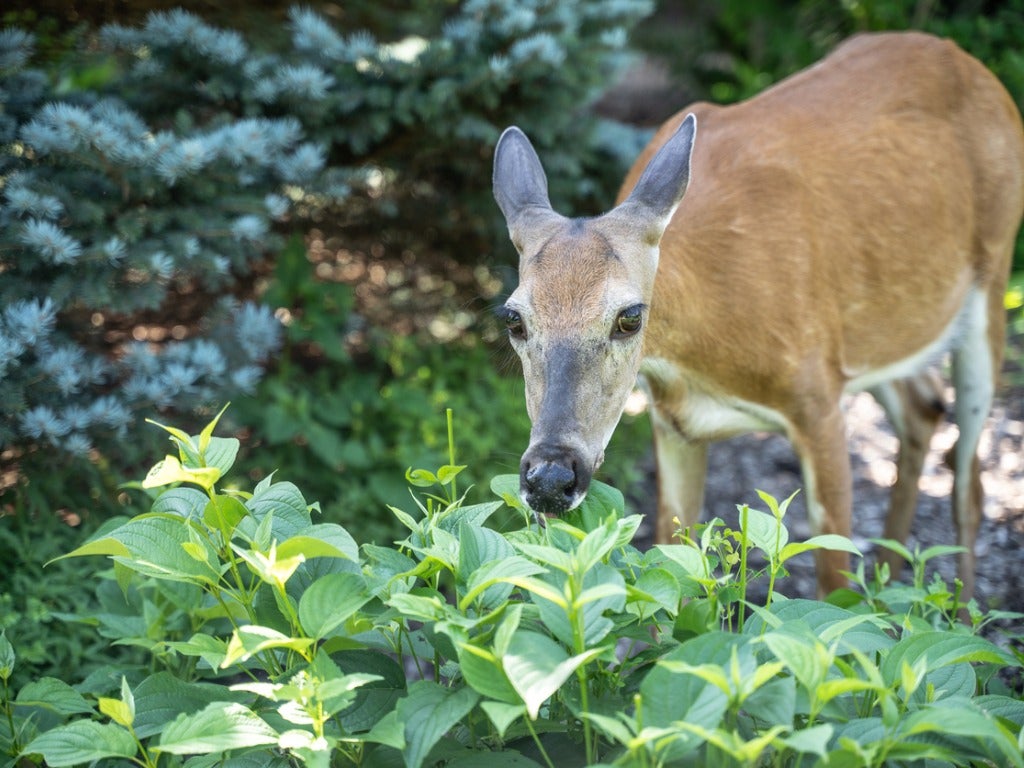 Deer Proof Shade Flowers: Choosing Deer Resistant Flowers For Shade
Deer Proof Shade Flowers: Choosing Deer Resistant Flowers For ShadeWatching deer move through your property can be a peaceful way to enjoy nature. However, they can become a nuisance if they start eating your flowers. If you have a shady garden bed, add flowers they will have no interest in. Click here to learn more.
-
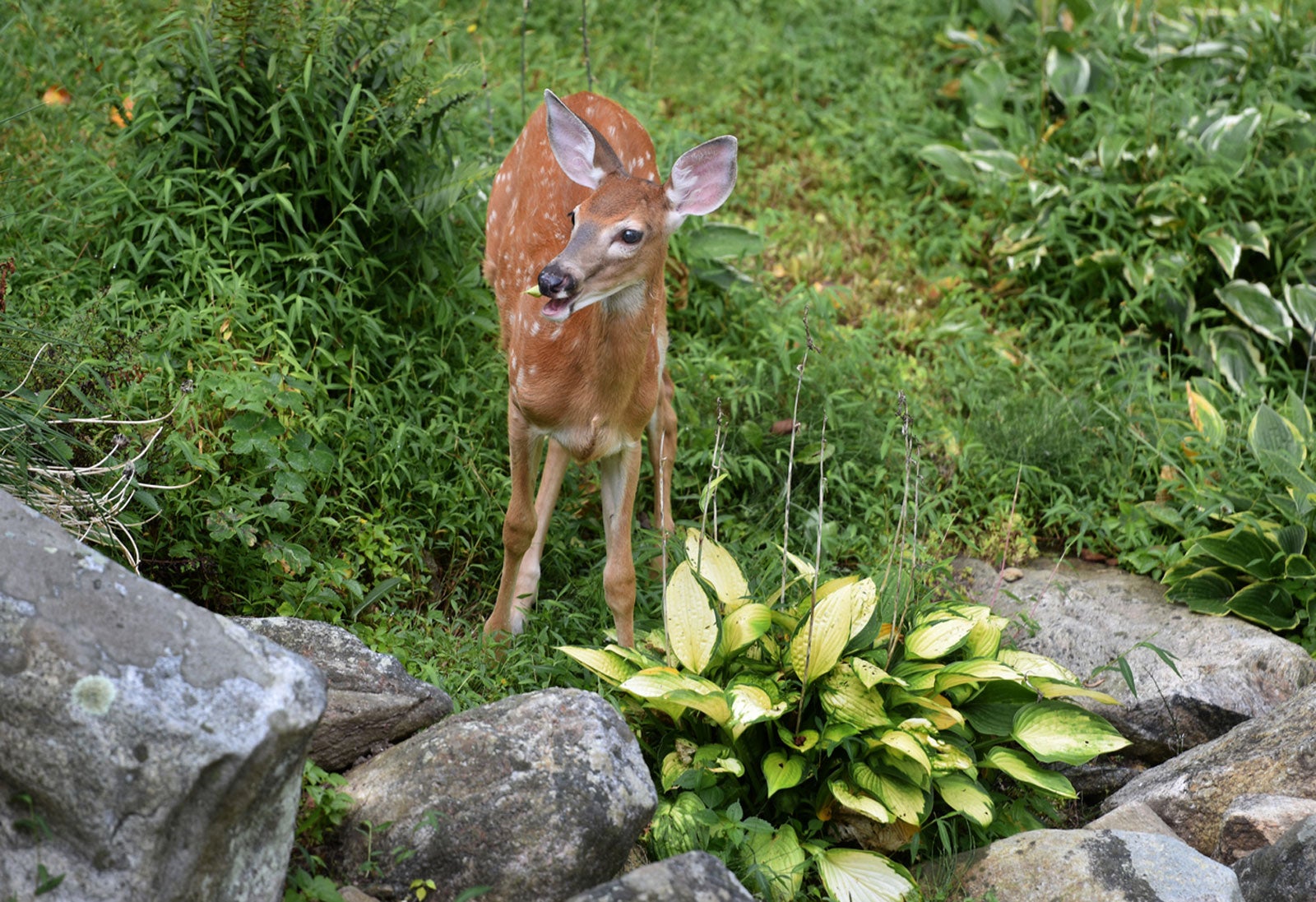 Deer Droppings On Plants: Is Fertilizing With Deer Manure Safe
Deer Droppings On Plants: Is Fertilizing With Deer Manure SafeWhether you love or hate deer, or have a more complicated relationship with them, there is one important question to answer: Can you use deer manure in gardens? Click on the following article to find out more about fertilizing with deer manure.
-
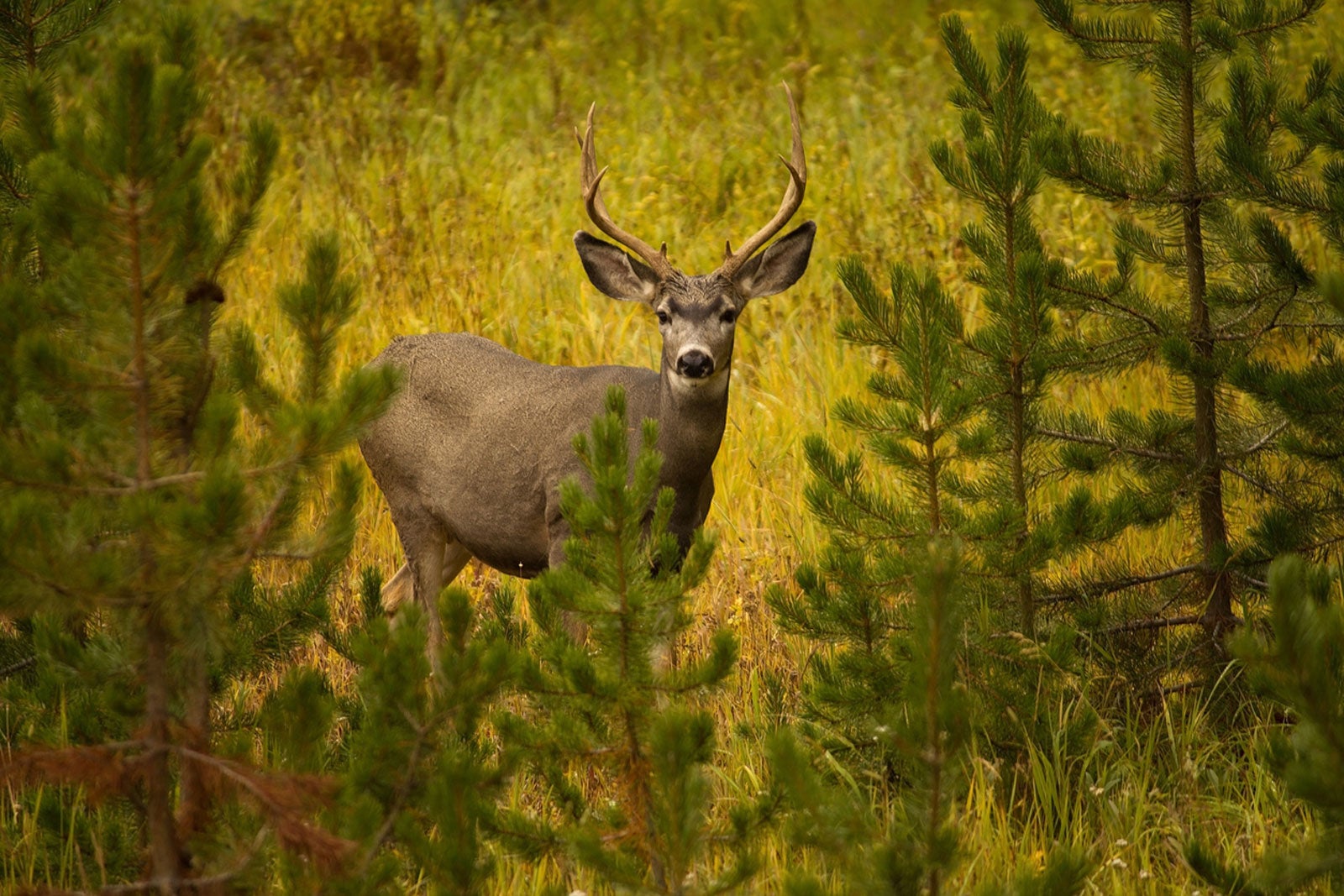 Deer Proof Evergreens: Are There Evergreens Deer Won’t Eat
Deer Proof Evergreens: Are There Evergreens Deer Won’t EatThe presence of deer in the garden can be troublesome. With some proven planting techniques, however, gardeners may be able to reduce the occurrence of damage caused by deer. Planting deer resistant evergreen plants, for example is one method. Learn more here.
-
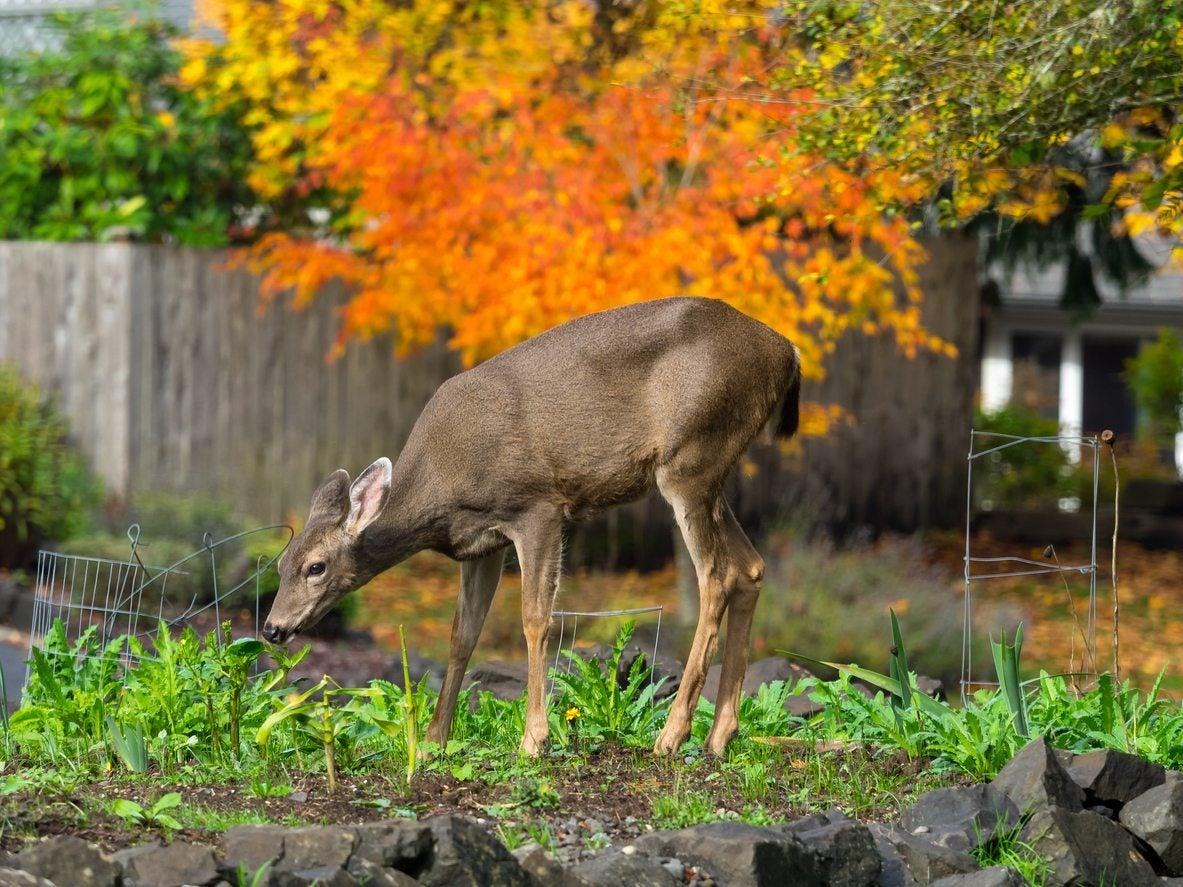 Deer Proof Gardening: What Vegetables Are Deer Resistant
Deer Proof Gardening: What Vegetables Are Deer ResistantThe best defense is a good offense. In deer proof gardening, plants that smell offensive to deer can deter them from their favorite edibles. Planting a garden with edible plants deer don't eat is also a defense. Click here for fruits and vegetables deer won't eat.
-
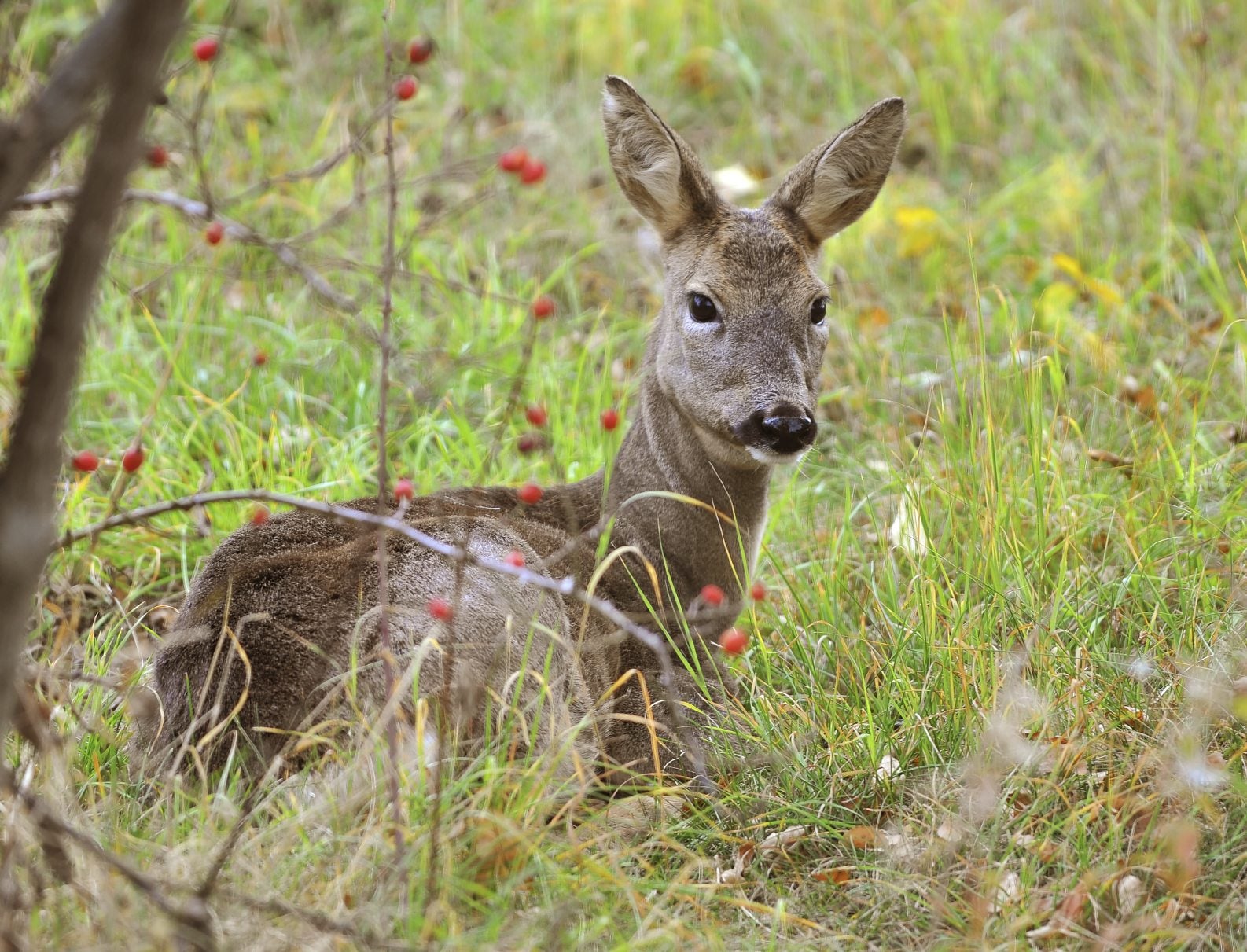 Deer Resistant Garden Plans – Creating A Deer Resistant Garden
Deer Resistant Garden Plans – Creating A Deer Resistant GardenDeer are lovely to watch but not when they are stomping all over your vegetable garden or eating the tops off of your bulbs. Creating a deer resistant garden is a must for any gardener who suffers from these grazing marauders. Learn more here.
-
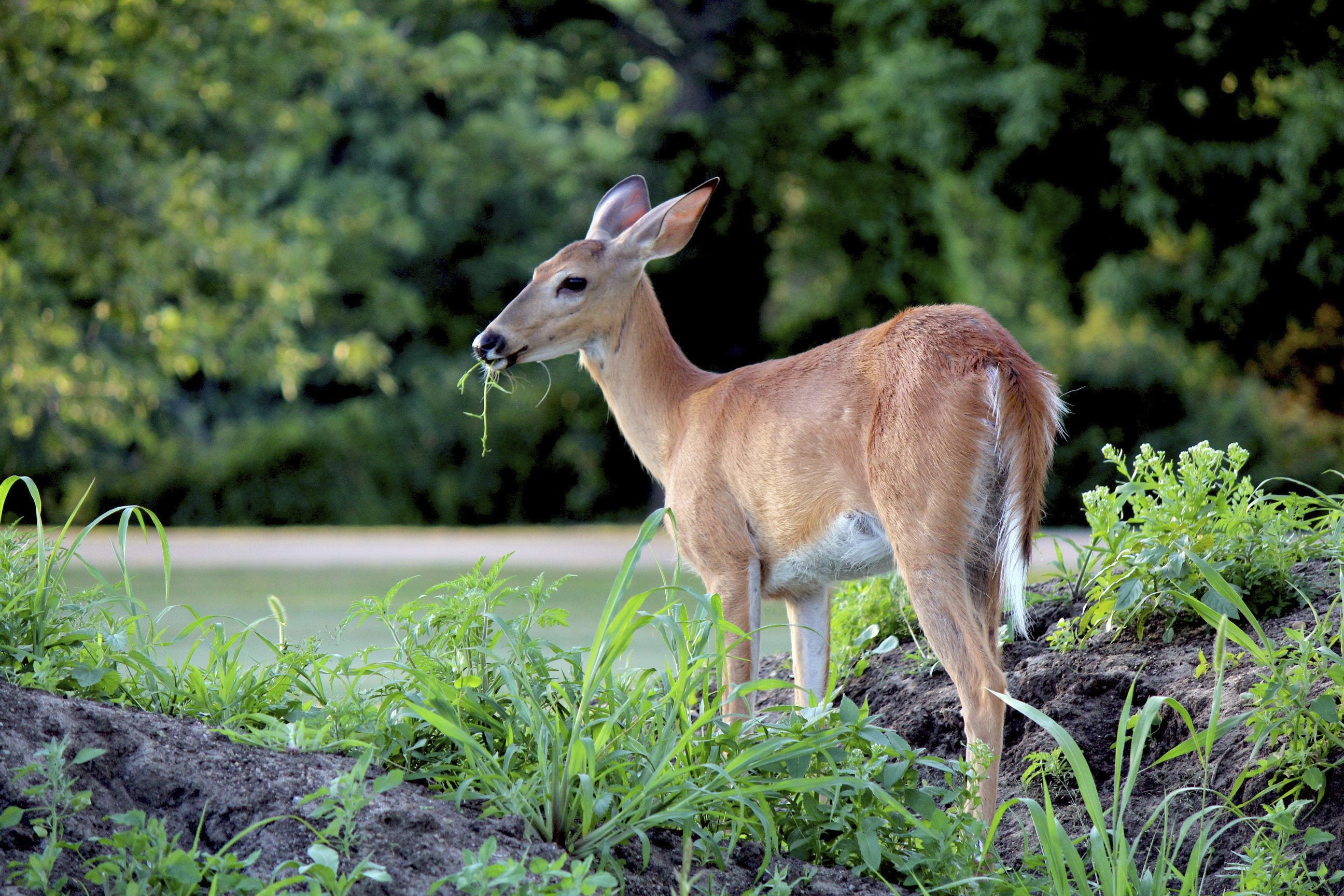 Roses And Deer – Do Deer Eat Rose Plants And How To Save Them
Roses And Deer – Do Deer Eat Rose Plants And How To Save ThemDeer do indeed love the beautiful, succulent growth they find in those meadows and valleys, but they cannot resist a rose garden if there is one close by. Learn how to fix deer damage and prevent more in this article. Click here for more info.
-
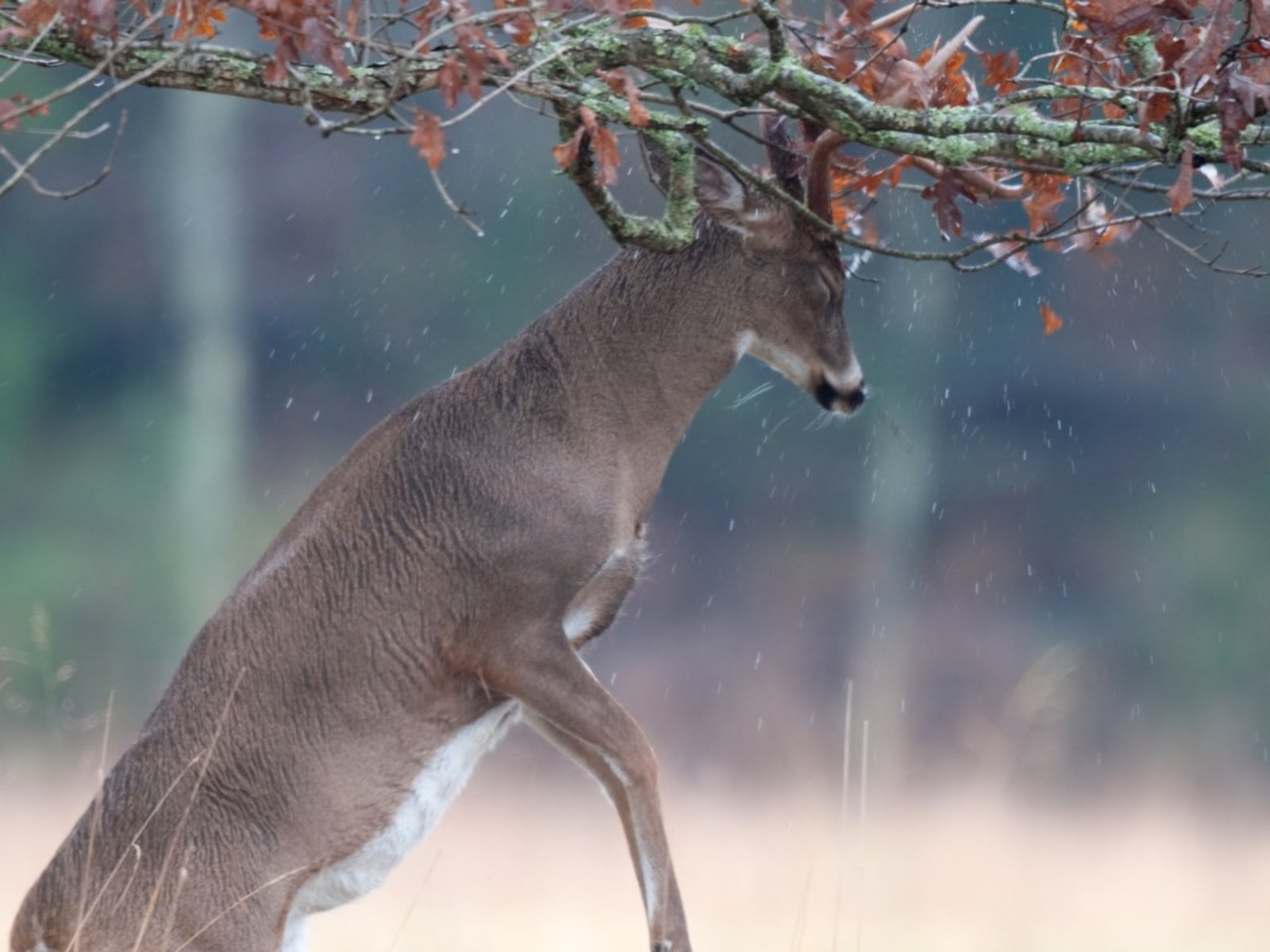 Deer Rubbing Tree Bark: Protecting Trees From Deer Rubs
Deer Rubbing Tree Bark: Protecting Trees From Deer RubsDeer are majestic creatures when they're bounding through open fields and frolicking in someone else's woods. When they come into your yard and start damaging trees, they become something else entirely. Learn more in this article.